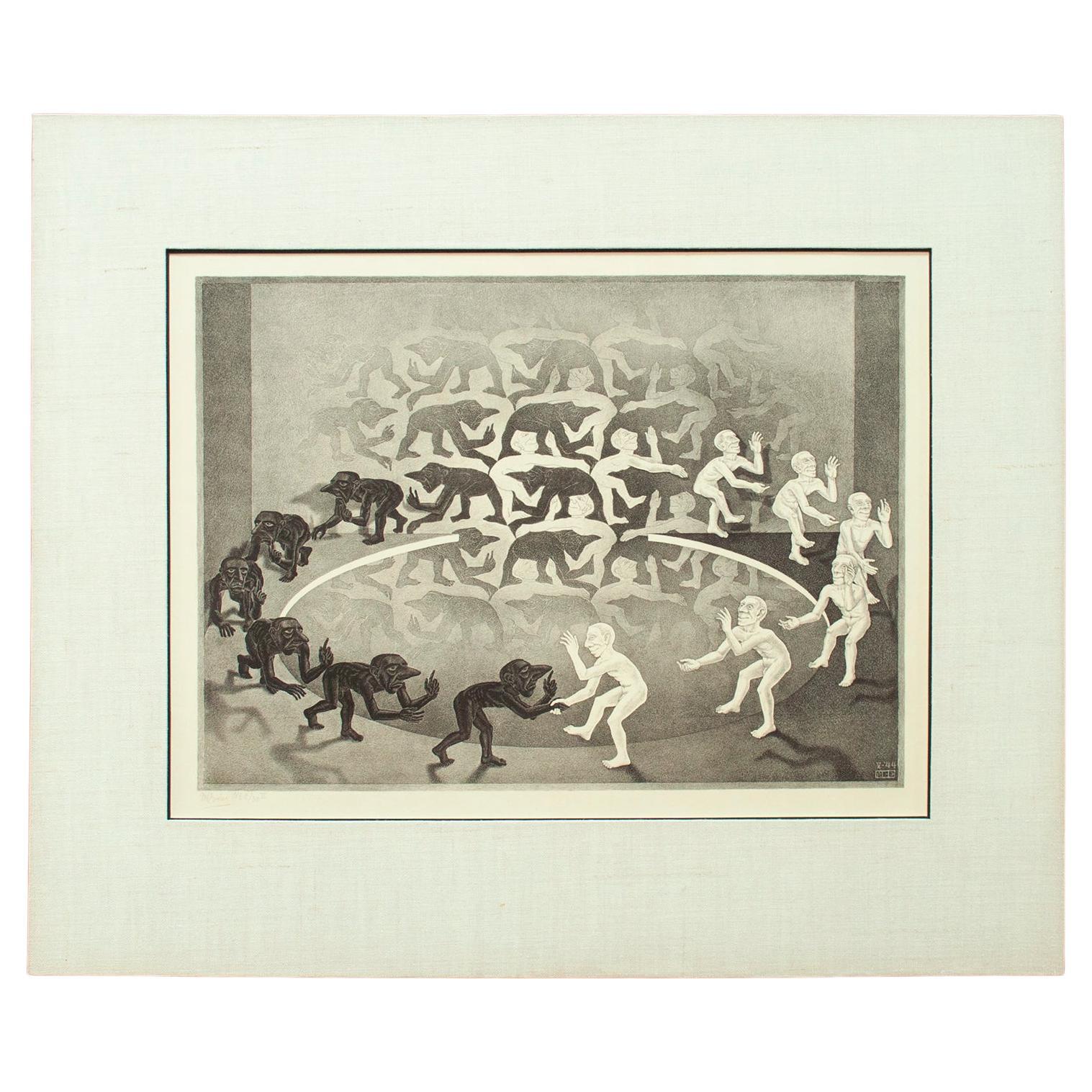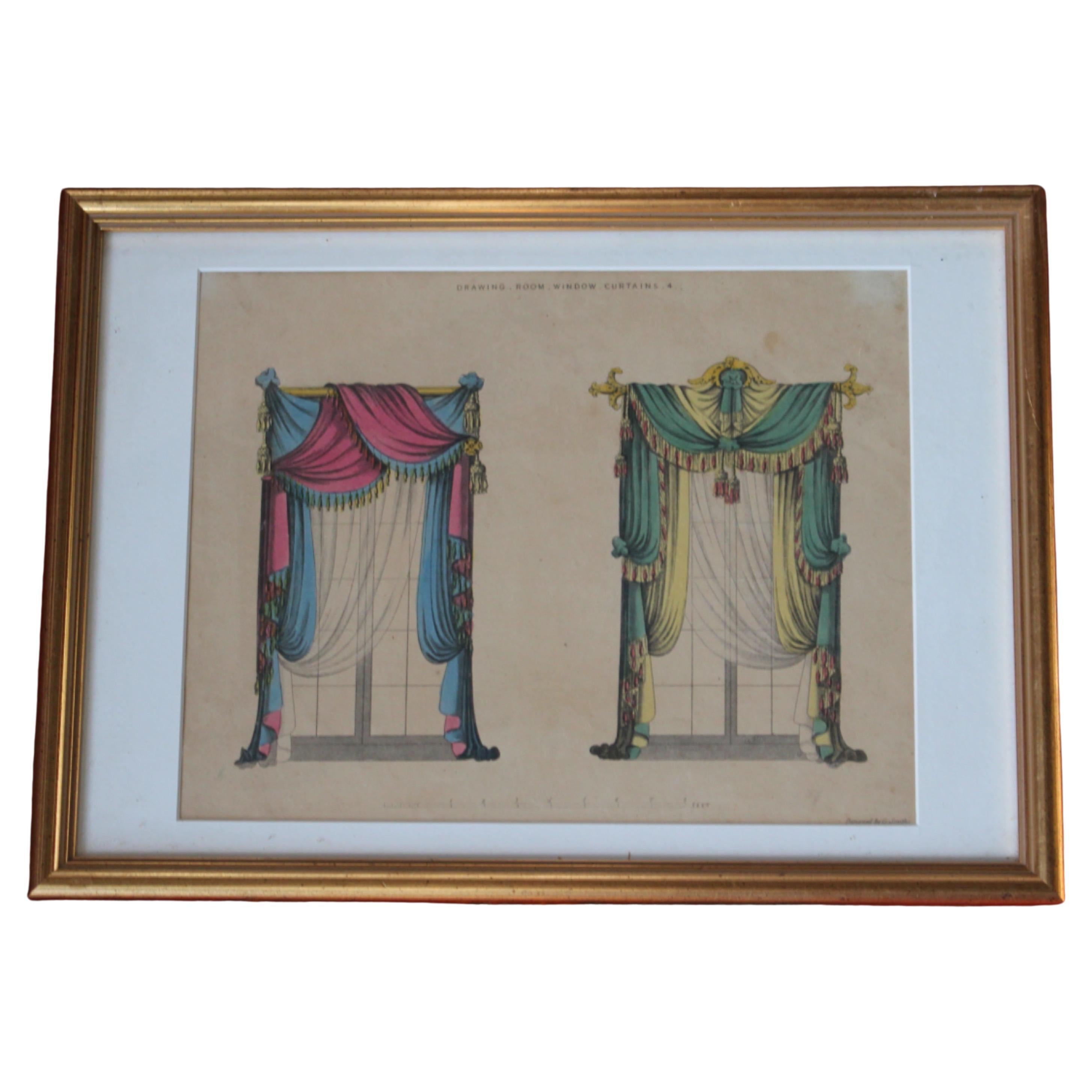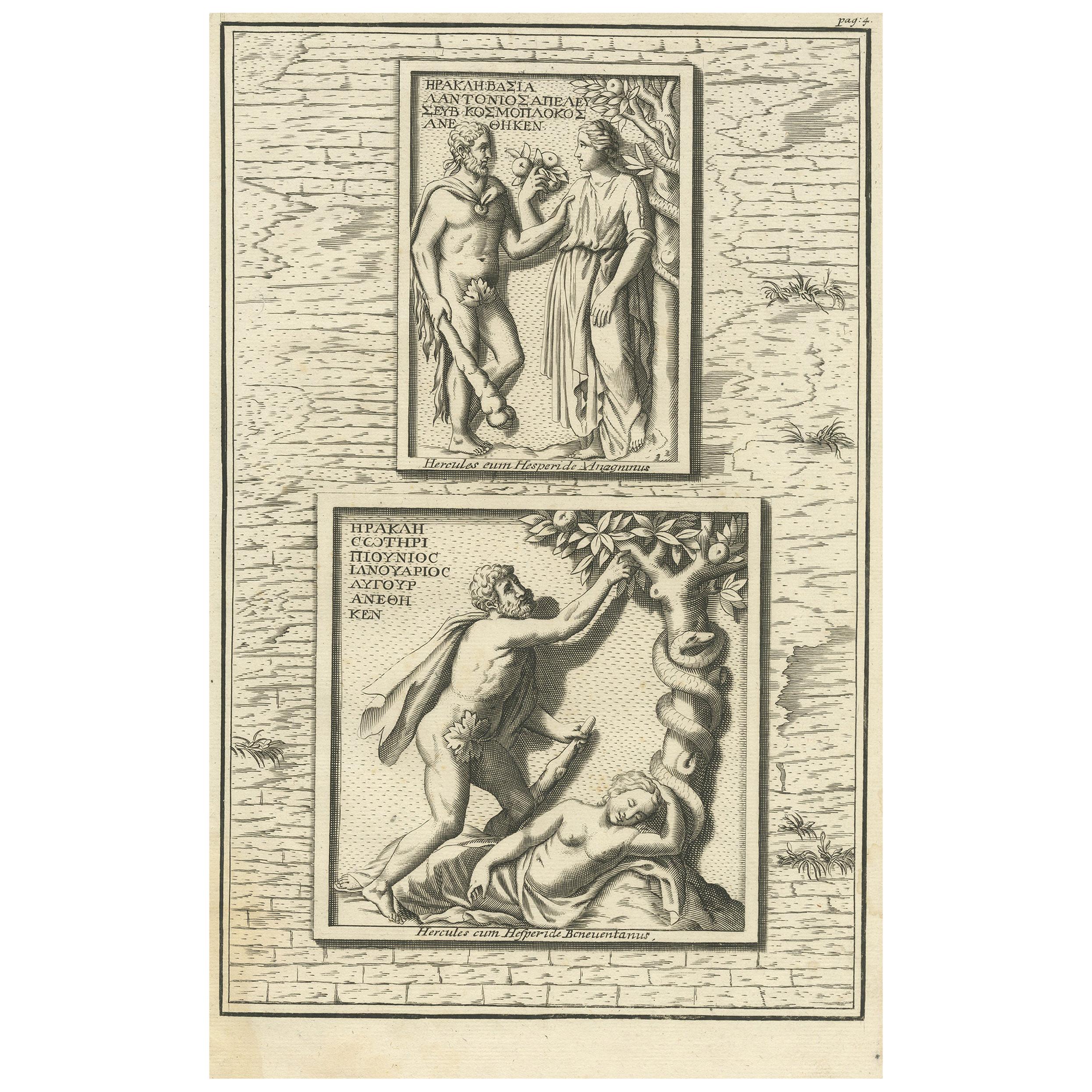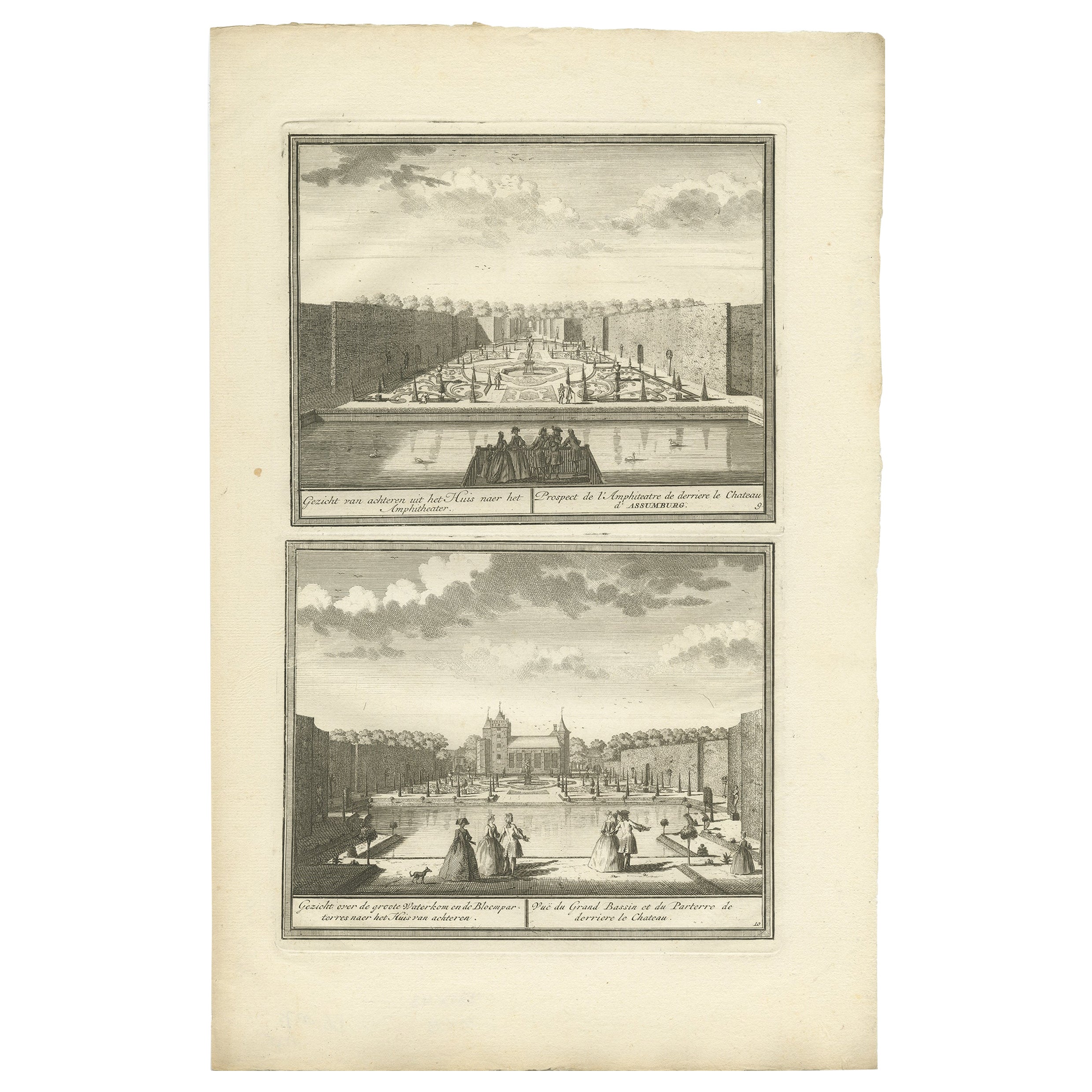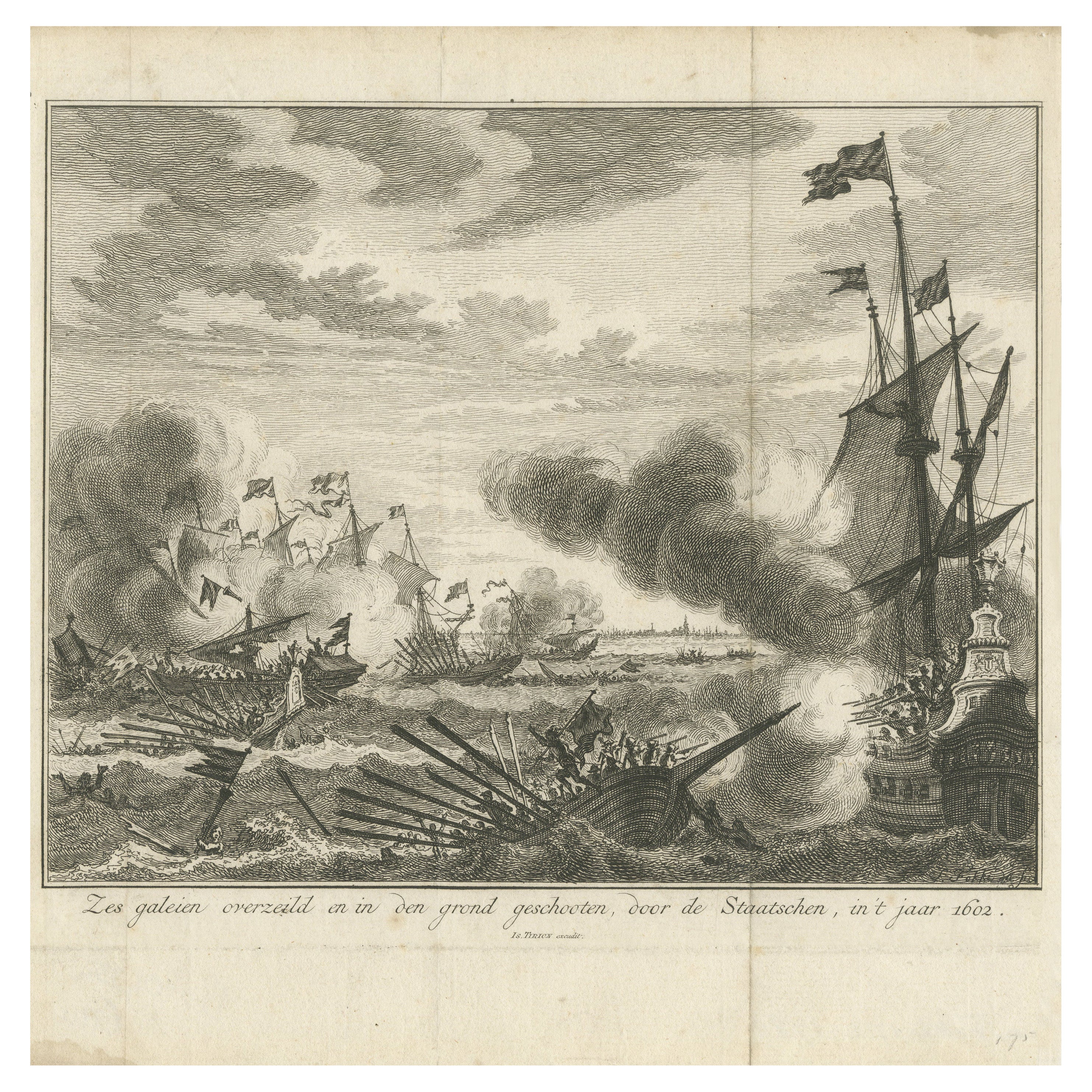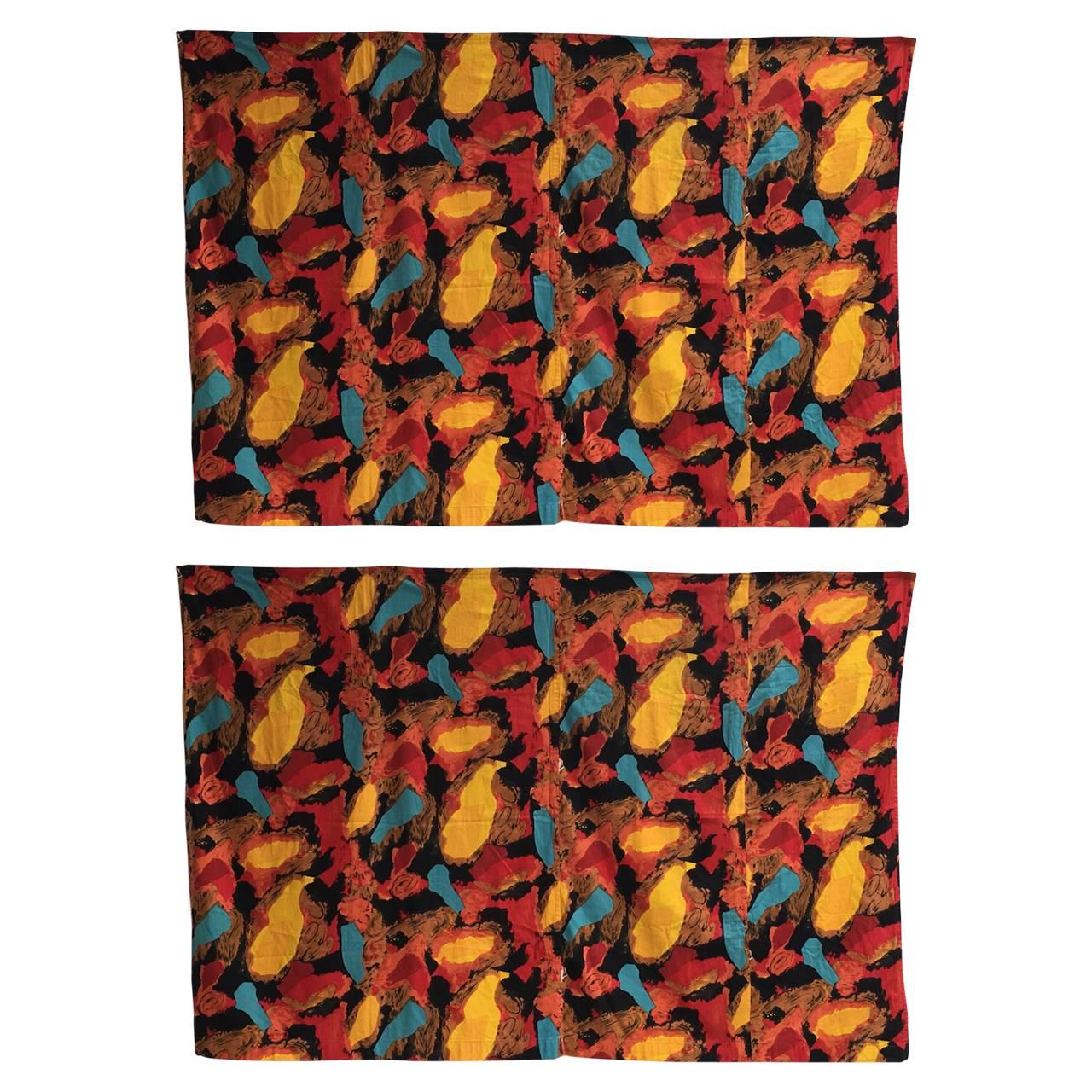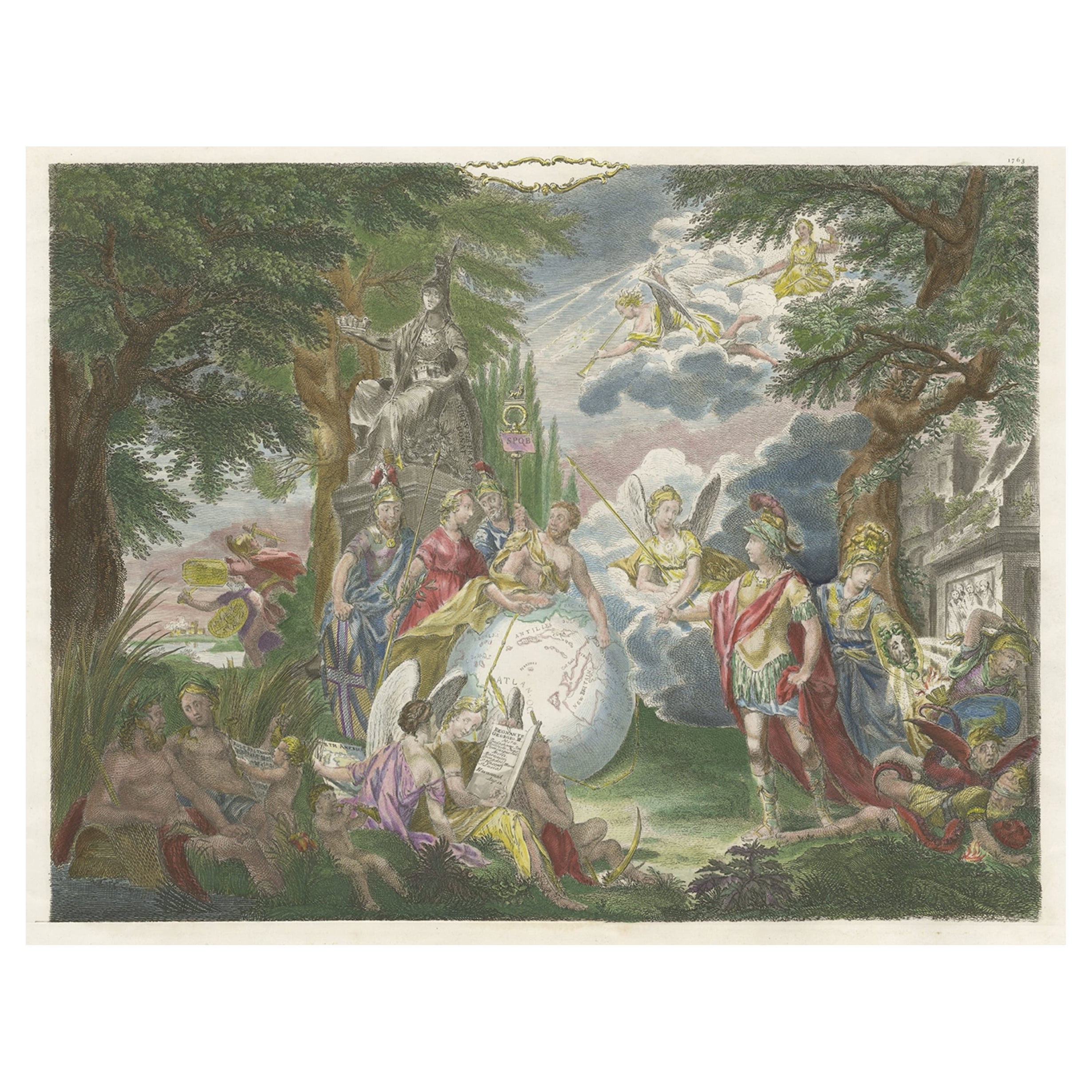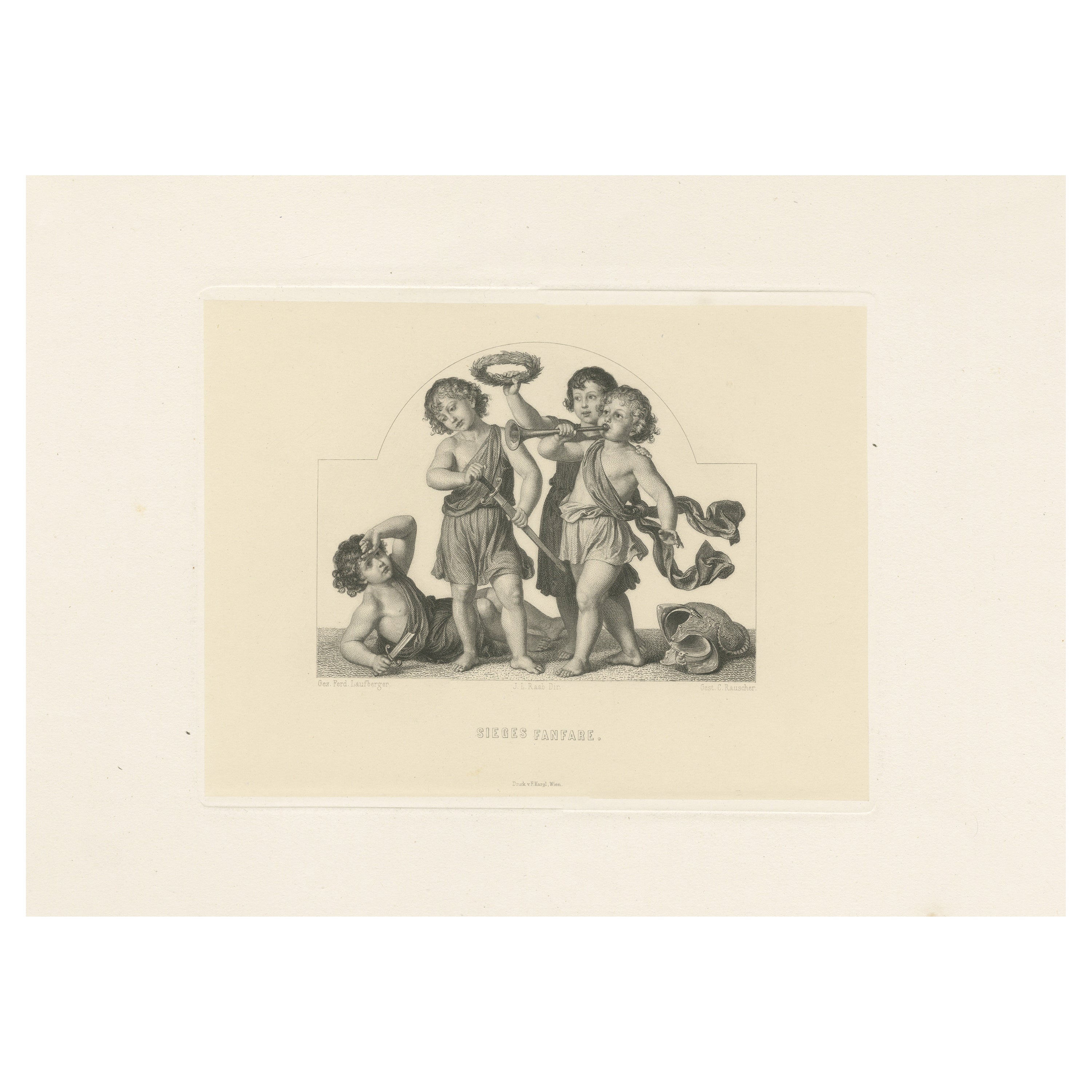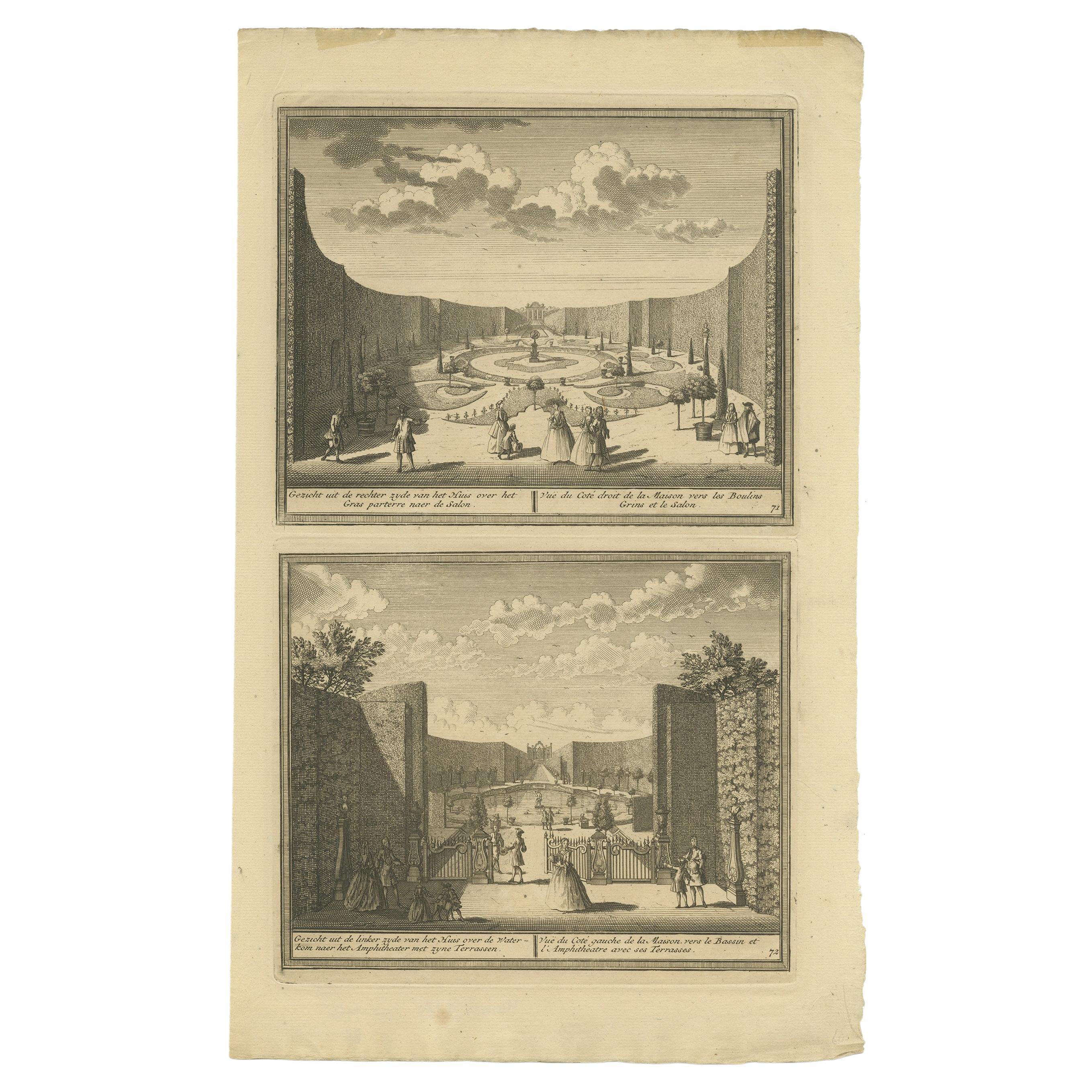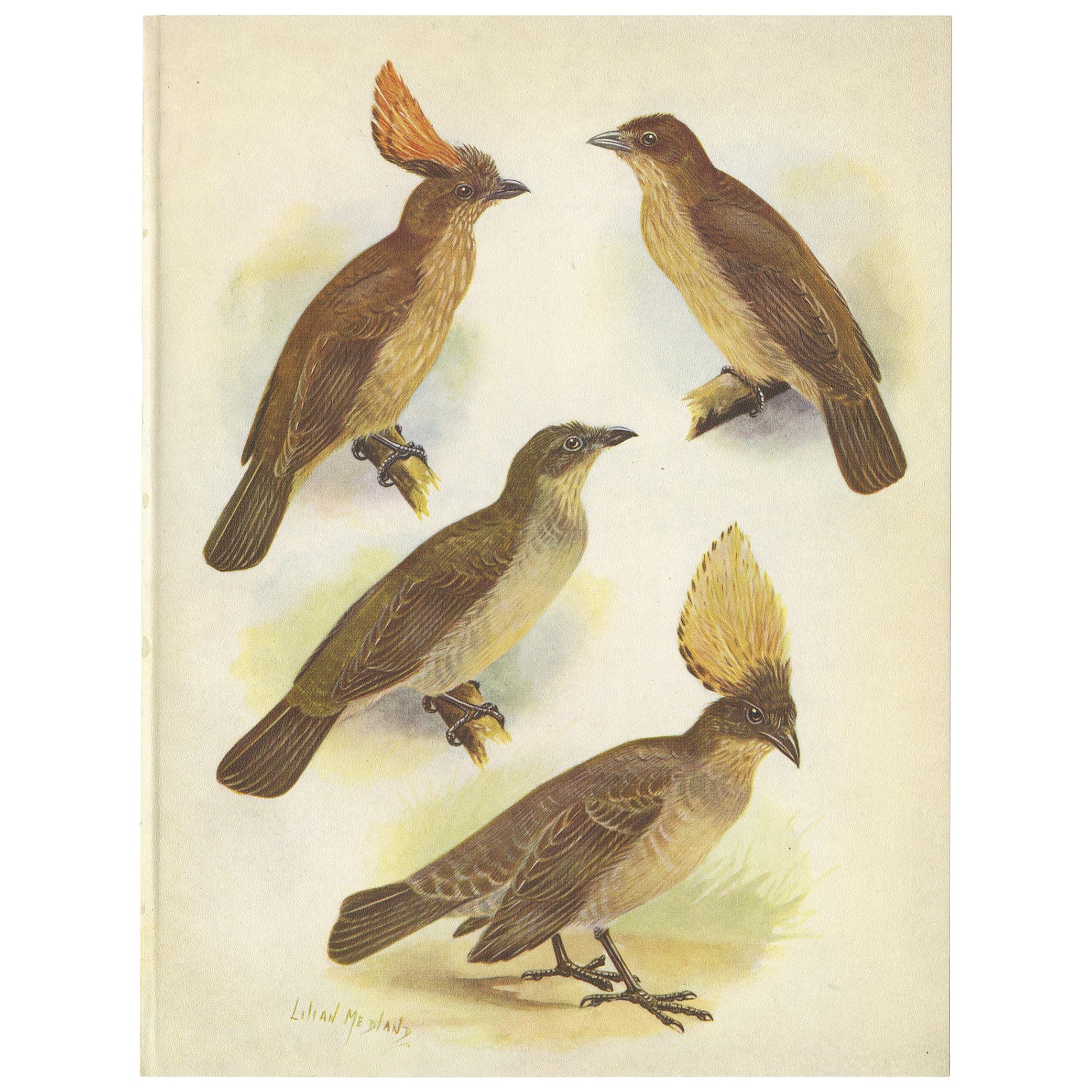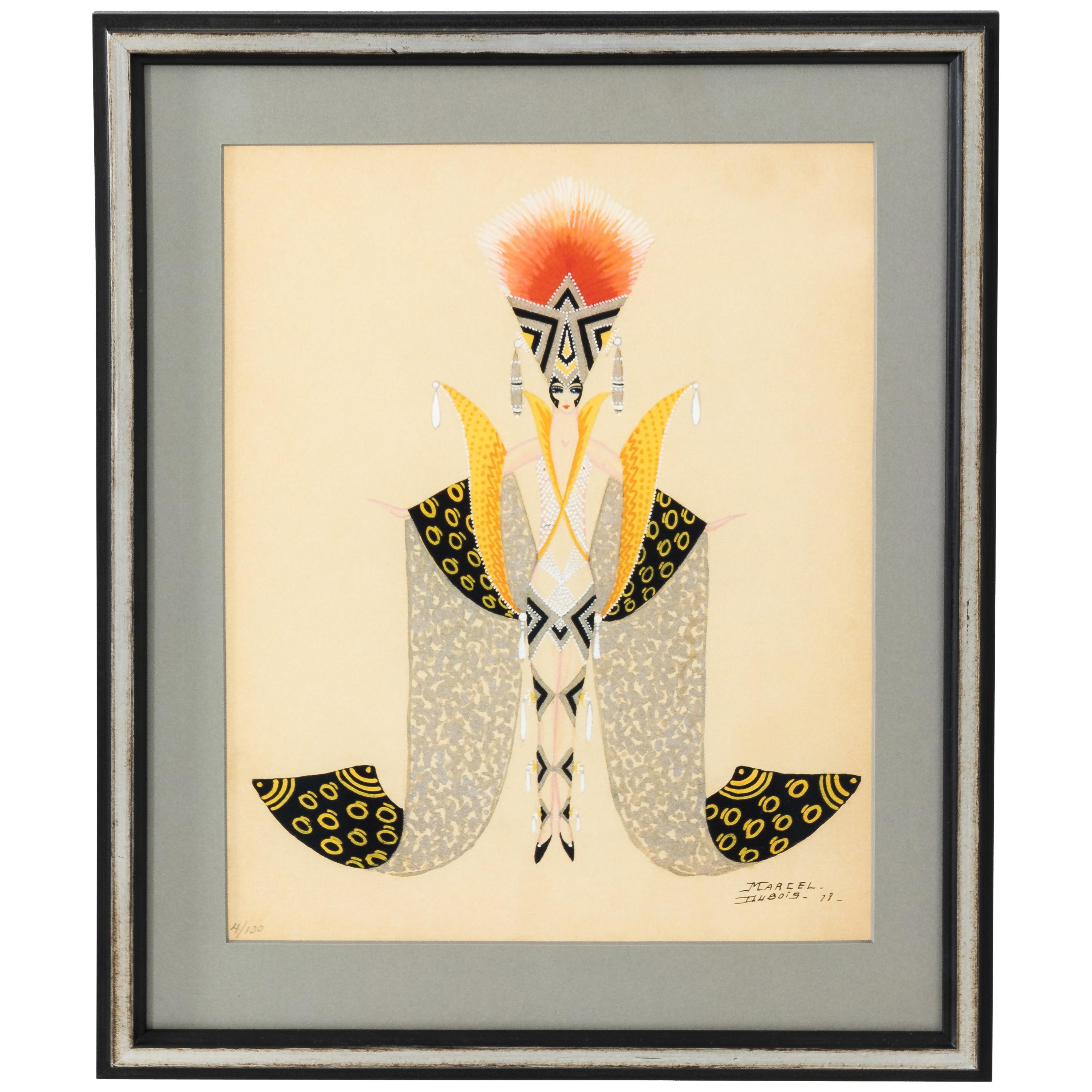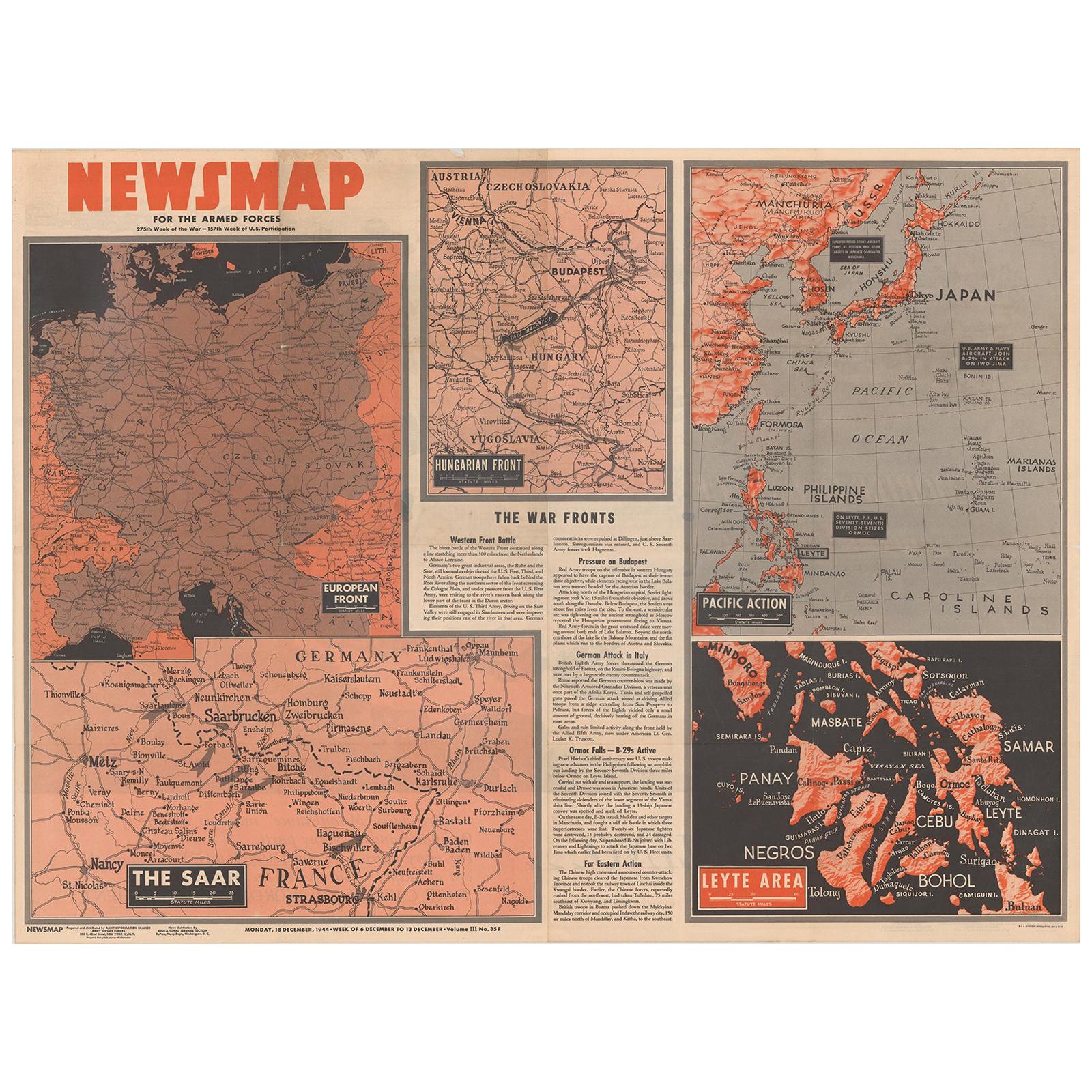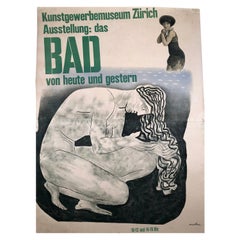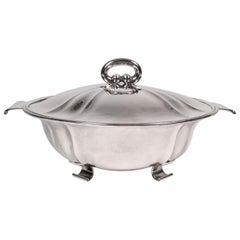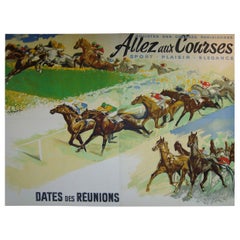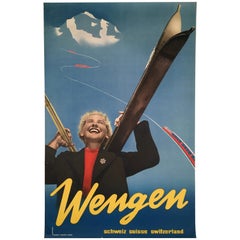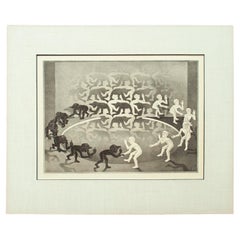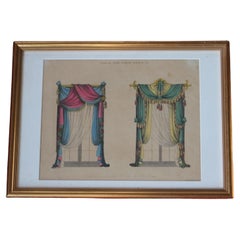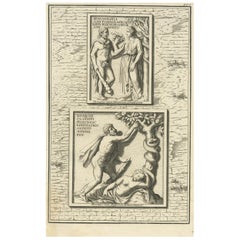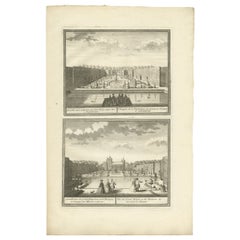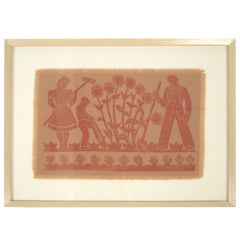
Victory Garden by the Folly Cove Designers, circa 1944
View Similar Items
Want more images or videos?
Request additional images or videos from the seller
1 of 7
Victory Garden by the Folly Cove Designers, circa 1944
About the Item
- Dimensions:Height: 16.75 in (42.55 cm)Width: 22.38 in (56.85 cm)
- Place of Origin:
- Period:
- Date of Manufacture:circa 1944
- Condition:
- Seller Location:Essex, MA
- Reference Number:1stDibs: U12111083771099
About the Seller
5.0
Vetted Professional Seller
Every seller passes strict standards for authenticity and reliability
Established in 1998
1stDibs seller since 2007
192 sales on 1stDibs
Authenticity Guarantee
In the unlikely event there’s an issue with an item’s authenticity, contact us within 1 year for a full refund. DetailsMoney-Back Guarantee
If your item is not as described, is damaged in transit, or does not arrive, contact us within 7 days for a full refund. Details24-Hour Cancellation
You have a 24-hour grace period in which to reconsider your purchase, with no questions asked.Vetted Professional Sellers
Our world-class sellers must adhere to strict standards for service and quality, maintaining the integrity of our listings.Price-Match Guarantee
If you find that a seller listed the same item for a lower price elsewhere, we’ll match it.Trusted Global Delivery
Our best-in-class carrier network provides specialized shipping options worldwide, including custom delivery.More From This Seller
View AllHerbert Matter Swiss Exhibition Poster on the History of Bathing and Swimming
By Herbert Matter
Located in Essex, MA
A large, original vintage Swiss exhibition poster by celebrated graphic designer, Herbert Matter, for an exhibition at the Museum of Art & Craft in Zu...
Category
Mid-20th Century Swiss Mid-Century Modern Posters
Materials
Paper
$1,400 Sale Price
20% Off
Swiss Silver Covered Tureen by Baltensperger, circa 1920s
By Baltensperger
Located in Essex, MA
A very fine quality handmade Swiss sterling silver covered tureen, of circular form, with hand-hammered cover and base, both of which have decorative ribbing, with oval loop handle o...
Category
Vintage 1920s Swiss Arts and Crafts Sterling Silver
Materials
Sterling Silver
$3,120 Sale Price
20% Off
Giant French Horse Racing Poster Mural by Jacquot, circa 1930s
By Michel Jacquot
Located in Essex, MA
A rare, giant original French horse racing poster or mural, lithograph on paper, mounted on linen, in four panels joined to form one large image b...
Category
Vintage 1930s French Art Deco Posters
Materials
Linen, Paper
$7,600 Sale Price
56% Off
Wengen Swiss Ski Poster by P. Senn and P. Marti
By P. Senn and P. Marti
Located in Essex, MA
A striking pre-war collage ski poster featuring both photographic and graphic images advertising the alpine resort of Wengen, Switzerland, featuring an e...
Category
Vintage 1930s Swiss Posters
Materials
Paper
$1,520 Sale Price
30% Off
Hayward Veal Australian Nocturne Cityscape Painting
By Hayward Veal
Located in Essex, MA
An oil on board painting by Australian painter W. Hayward Veal (1913-1968), entitled Nocturne No. 4, depicting a night scene of a park and tree in the foreground with a man walking, ...
Category
Vintage 1940s Australian Mid-Century Modern Paintings
Materials
Pine, Masonite, Wood, Paint
$1,152 Sale Price
41% Off
19th Century German Miniature Pocket Terrestrial Globe
By C. Abel-Klinger
Located in Essex, MA
A miniature 19th century 3.5 inch diameter pocket terrestrial globe by C. Abel-Klinger, Nuremberg, Germany, in English for the English speaking markets. Signed with cartouche reading...
Category
Antique 1880s German Scientific Instruments
Materials
Brass
$1,230 Sale Price
50% Off
You May Also Like
The Encounter, 1944 Lithograph by Maurits Cornelis Escher
By M.C. Escher
Located in Point Richmond, CA
The Encounter, 1944
Maurits Cornelis Escher (Dutch, 1898-1972)
Print size: 13.5 by 18.5 inches (34.2 by 47 cm)
Frame size: 23.25 x 27.5 inches (59 by 70 cm)
From the catalogue raison...
Category
Mid-20th Century Dutch Modern Prints
Materials
Paper
1826 George Smith’s The Upholsterer’s Guide A Hand Tinted Textile Engraving
By George Smith
Located in Lowestoft, GB
A original hand coloured copperplate engraving from George Smith’s The Cabinet-Maker and Upholsterer’s Guide published by Jones & Co, London, 1826.
George Smith was upholsterer and ...
Category
Antique 1820s English George IV Prints
Materials
Paper
Antique Print of Hercules in the Garden of Hesperides by Volckamer, circa 1710
Located in Langweer, NL
Antique print titled 'Hercules cum Hesperide Beneuentanus'. Engraving with two scenes of Hercules in the Garden of Hesperides. This print originates from 'Nurnbergische Hesperides' b...
Category
Antique Early 18th Century Prints
Materials
Paper
$235 Sale Price
20% Off
Antique Print of the Gardens of Assumburg Castle by De Leth, circa 1730
Located in Langweer, NL
Antique print titled 'Gezicht van achteren uit het Huis naer het Amphitheater (..)'. Original antique print with views of the gardens of Assumburg Castle, the Netherlands. This print...
Category
Antique 18th Century Prints
Materials
Paper
$225 Sale Price
20% Off
Six Galleys Sunk by the Dutch Fleet in 1602: A Dramatic Naval Victory, ca. 1750
Located in Langweer, NL
Six Galleys Sunk by the Dutch Fleet in 1602: A Dramatic Naval Victory by Simon Fokke
This powerful 18th-century engraving by Simon Fokke (1712–1780) captures the dramatic naval ba...
Category
Antique 1750s Prints
Materials
Paper
Pair of Karel Appel Curtains, 1963, Documented at Stedelijk Musem
By Karel Appel
Located in bergen op zoom, NL
Super rare and impressive pair of large cotton ''gordijnstof' curtains, designed in 1963 by world renowned Dutch painter and sculptor Karel Appel (1921-2006) for the textile company Hermann Hartman & Co of Amsterdam.
This extremely rare, original repeat print textile is documented in the Stedelijk museum's textile collection under object nubmer KNA 1998, please see image 2.
Each curtain measures 56.7" X 83.85" (144cm X 213cm).
'Gordijnstof' translates as "curtain fabric" confirming that this textile was originally designed by Appel specifically for use as curtains however being of such an impressive dimension these examples could equally be used as wall hangings ,as photographed, or mounted on both sides of a screen or mounted and framed as an art work in its own right , a practice which is becoming increasingly commonplace as high end textile designs by important artists are becoming increasingly valued , appreciated and sought after in the marketplace.
Appel's paintings and sculptures can be found in the collections of some of the world's most prominent museums including the Museum of Modern art in New York and Tate Modern ,London.
Each curtain is of a very impressive scale with each measuring
56.7 " (144 cm) X 83.85" (213cm).
The curtains are signed on the banding KUNSTENAAR DESSIN ONTWERP Karel Appel, HARTMAN PRINT, AMSTERDAM. Another of Appel's designs for Hermann Hartman,Amsterdam can be found in the collection of the national textile museum in Holland. Please see image 9.
Even a small sample of this 1963 textile in good condition would be hard to find today but to find two large scale Appel curtains intact and in beautiful unfaded condition with no staining or fraying must be next to unique today. This is a very rare find and certainly a unique opportunity.
Image 10 shows Karel Appel in his atelier in New York in 1966.
Provenance:
These curtains come from the private collection of a retired Professor from Oxford,UK.
Biography:
Karel Appel was an Expressionist Dutch painter. He was a member of the famous Cobra, the European group of the late 1940s to early 1950s, which promoted spontaneous expressionism and abstract features in painting. Appel's paintings incorporate applications of vibrant, violent colors often possessing a primal, childlike quality or a schizophrenic innocence. Later in life, Appel turned to creating figurative sculptures. Examples of his work can be seen in the Museum of Modern Art, New York City, Boymans-Van Beuningen Museum, Rotterdam, and other collections. Expressionist painter Karel Appel made a name for himself in the world of painting by creating a majestic collection of highly distinguishable work for which he became internationally renowned. From the start, art curators could not ignore Appel's work, which has been exhibited at major museums around the world, including New York's Museum of Modern Art, the Manhattan-based Guggenheim Museum, the Museum of Fine Arts in Boston and the Tate Gallery in London. Though Appel is widely recognized as one of the best-known Dutch Expressionist painters of all time, he was also a passionate printmaker, sculptor, and ceramicist.
Karel Appel’s childhood and early life
Christiaan Karel Appel was born on April 25, 1921, in his parents’ house at 7 Dapperstraat, Amsterdam. His father, Jan Appel, owned a barbershop. His mother, born Johanna Chevalier, was a descendant of French Huguenots. Karel Appel had three brothers. He studied art from 1940 to 1943 at the Rejksakademie van Beeldende Kunsten, the Royal Academy of Fine Arts during the German occupation and befriended young painter Corneille and, some years later, Constant. His parents opposed his choice to become an artist, leading him to leave home. This was also necessary to hide himself from the German police so that he would not be picked up and sent to Germany to work in the weapon industry. Appel produced his first real painting on canvas, which was a still life of a fruit basket at the age of fourteen. On his fifteenth birthday, his wealthy uncle Karel Chevalier gave him a paint set and an easel and some lessons on painting.
Career.
In 1946, his first solo show was held in Groningen, Netherlands. He also participated in the Jonge Schilders exhibition at the Stedelijk Museum of Amsterdam nd created a buzz in the art world, as it generated a huge scandal and many objections in the press and public. About this time, Appel was influenced first by Pablo Picasso and Henri Matisse, then by the French brute-art artist Jean Dubuffet. In 1947, he started sculpting with various used materials and painted them in bright colors such as white, red, yellow, blue and black. Karel Appel became the member of Nederlandse Experimentele Group in Holland along with the young Dutch painters Anton Rooskens...
Category
Vintage 1960s Dutch Mid-Century Modern Quilts and Blankets
Materials
Cotton
